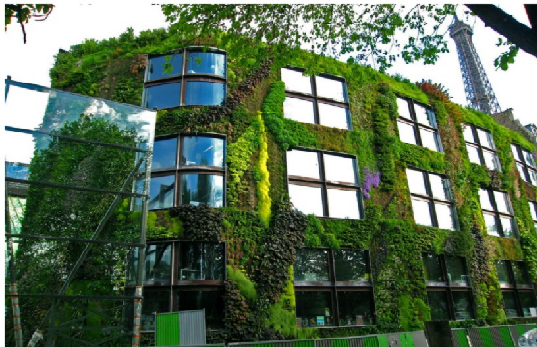The Magic of Vertical Gardens: Transforming Urban Spaces
In an era where urbanization is at its peak, vertical gardens are emerging as a revolutionary solution to bring nature back into our cities. These innovative green walls offer numerous environmental, aesthetic, and psychological benefits, making them a growing trend in urban design.
Vertical gardens, also known as living walls, are vertical structures covered with various types of plants, often utilizing a hydroponic system. They can be installed both indoors and outdoors, transforming blank walls into vibrant ecosystems. This green infrastructure not only enhances the visual appeal of buildings but also contributes to a healthier urban environment.
One of the most significant advantages of vertical gardens is their ability to improve air quality. Plants naturally filter pollutants and release oxygen, creating cleaner air for urban residents. Additionally, green walls act as natural insulation, reducing the need for air conditioning and heating, which in turn lowers energy consumption and greenhouse gas emissions.
Beyond their environmental impact, vertical gardens have a positive effect on mental well-being. Studies have shown that exposure to greenery can reduce stress, improve mood, and increase productivity. In densely populated cities, these green spaces offer a much-needed connection to nature, promoting a sense of tranquility and well-being.
Furthermore, vertical gardens support biodiversity by providing habitats for various insects and birds. They also contribute to urban agriculture, allowing city dwellers to grow their own herbs and vegetables in limited spaces.
In conclusion, vertical gardens are a testament to human ingenuity and our ability to adapt to changing environments. By integrating these living walls into urban landscapes, we can create more sustainable, healthy, and aesthetically pleasing cities for future generations.
